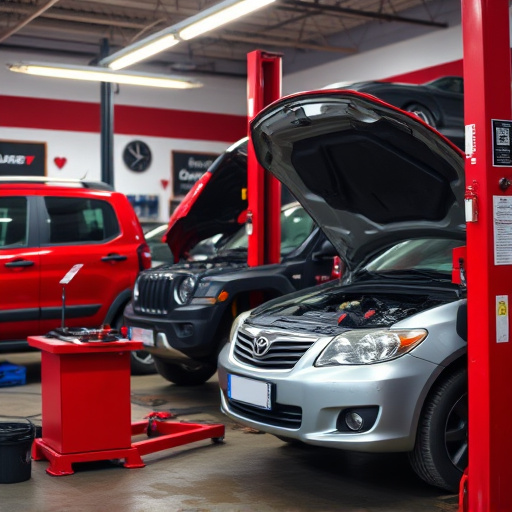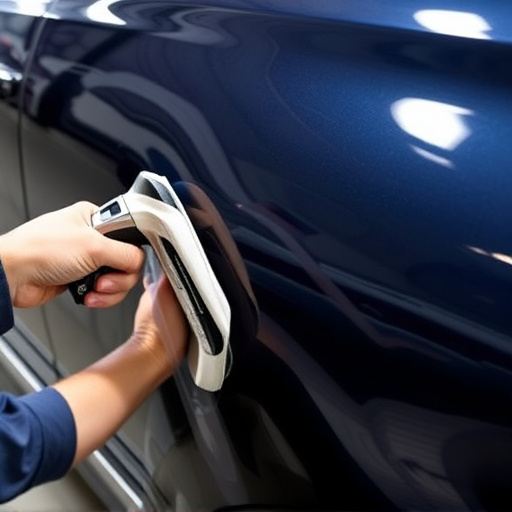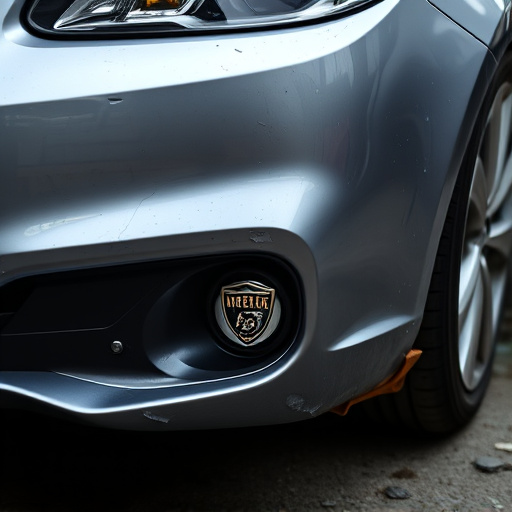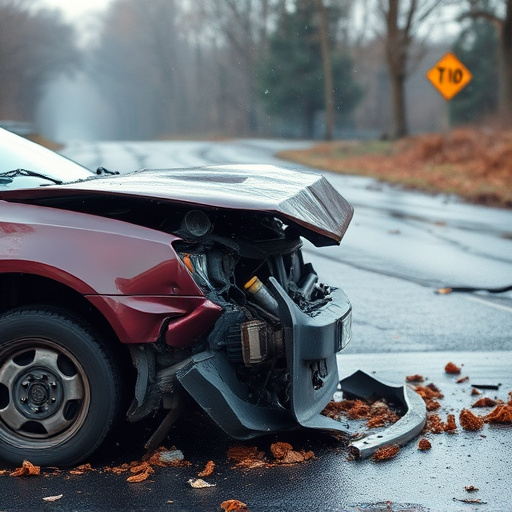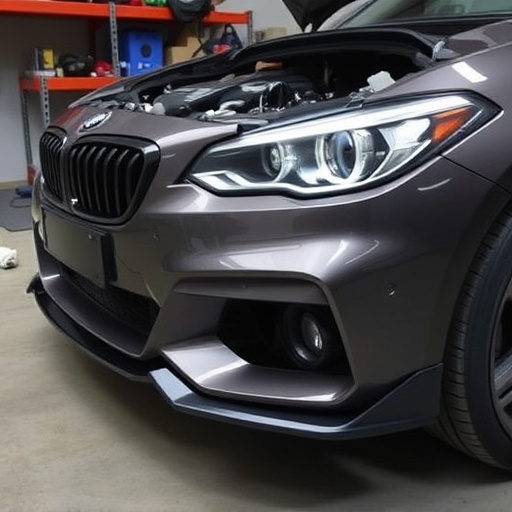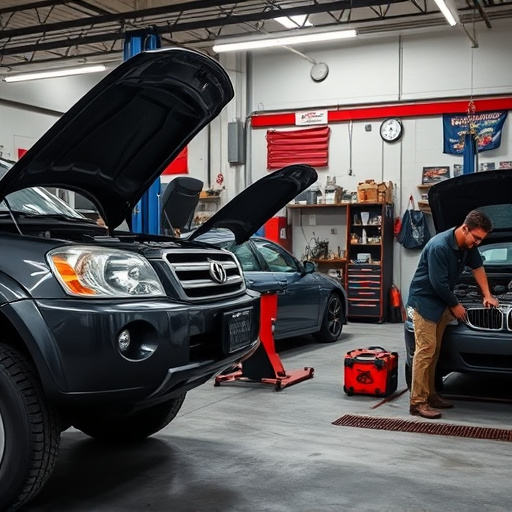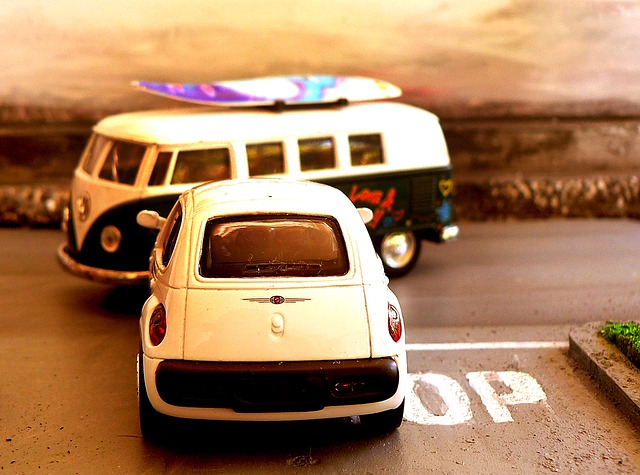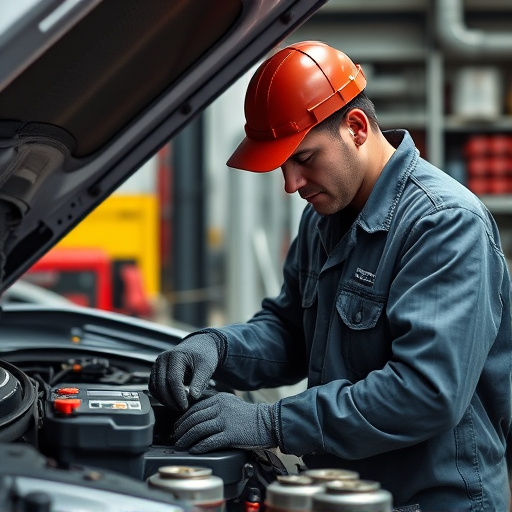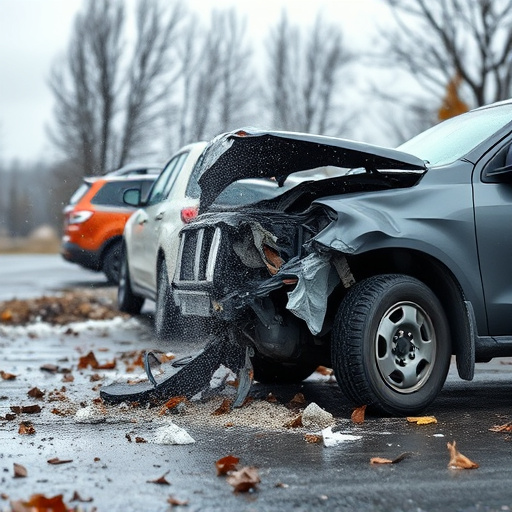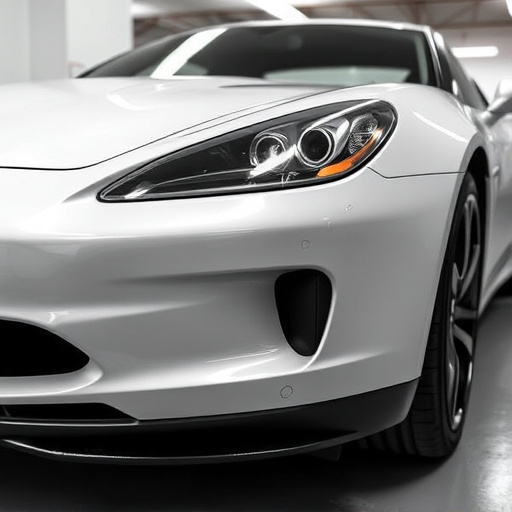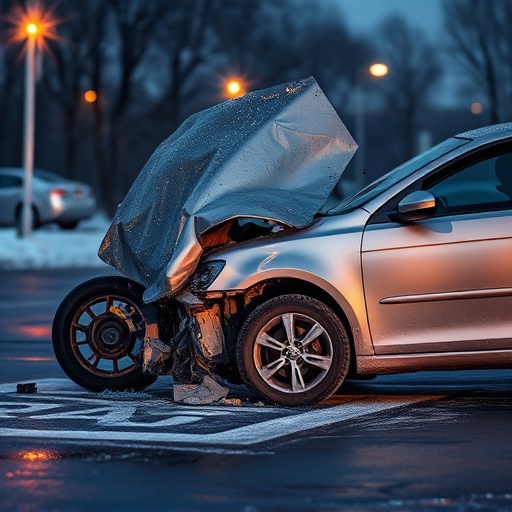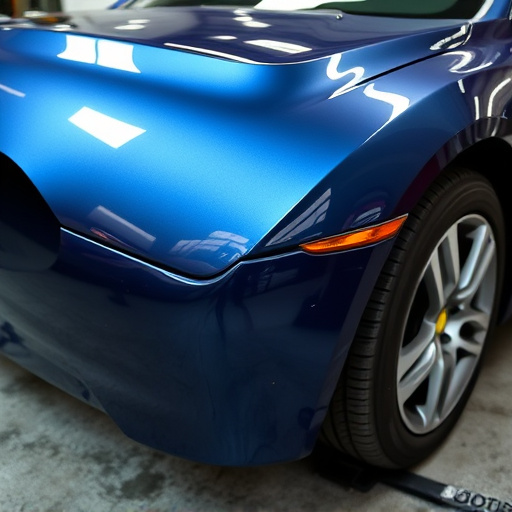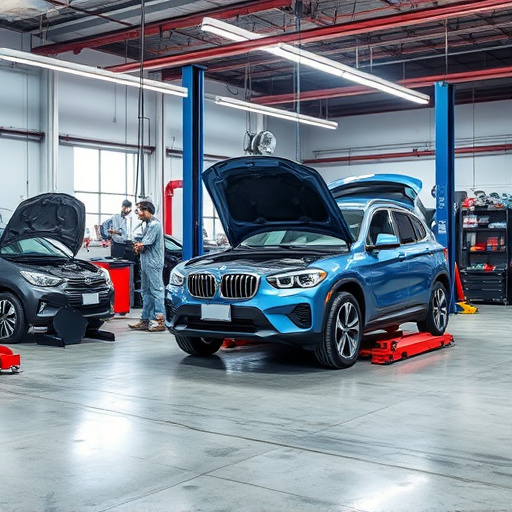UV rays from the sun accelerate paint aging, causing fading, cracking, and structural degradation. Initial signs like color changes and peeling indicate the need for sun damage restoration on cars or structures. This process involves preparing, sanding, cleaning, applying primer, and durable UV-resistant paint to restore a 'like-new' finish, protecting against further sun damage and preserving residual value.
“Uncover the subtle yet powerful effects of UV rays on paint, a key aspect of sun damage restoration. In this comprehensive guide, we explore how solar radiation accelerates paint deterioration and the visible signs that indicate its presence. From understanding the science behind UV’s impact to offering practical tips for restoration, this article equips homeowners and professionals with knowledge. Learn to identify and address UV-induced paint damage, ensuring your property’s aesthetic appeal and structural integrity following sun damage restoration efforts.”
- Understanding UV Rays and Their Effects on Paint
- Signs of Sun Damage to Paint: What to Look For
- Restoring Paint Affected by UV Radiation
Understanding UV Rays and Their Effects on Paint
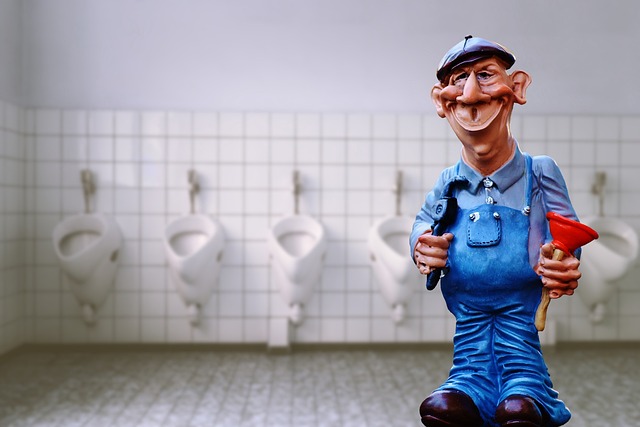
UV rays, or ultraviolet radiation, are an invisible force that plays a significant role in the aging and degradation of paintwork, especially when it comes to sun damage restoration. These high-energy rays from the sun can penetrate the surface of paint, causing a range of issues over time. The effects include fading, cracking, and even the breakdown of the paint’s chemical structure, leading to flaking or peeling. This is particularly evident in outdoor settings where vehicles, buildings, or structures are exposed to prolonged sunlight.
Understanding how UV rays interact with paint is crucial for anyone involved in sun damage restoration or looking into methods like paintless dent repair and auto body painting. By knowing the extent of UV ray damage, professionals can devise effective strategies to restore vehicles or structures to their original condition. This might involve specific techniques tailored to address UV-induced issues, ensuring a quality outcome in vehicle restoration projects.
Signs of Sun Damage to Paint: What to Look For
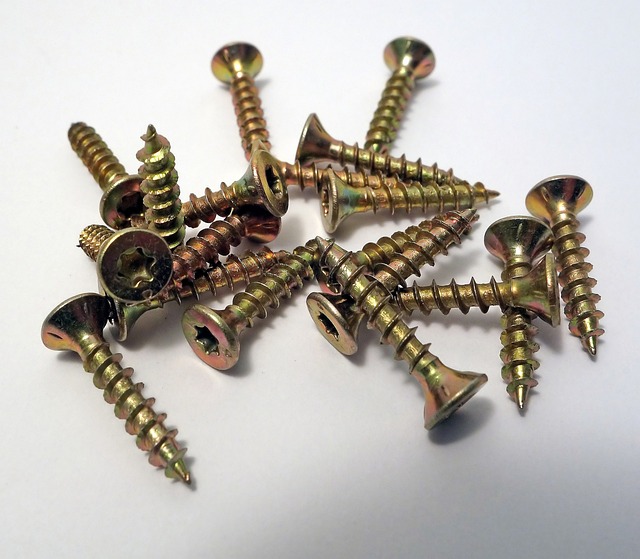
The telltale signs of sun damage on paint are often subtle at first, but over time, they can become quite noticeable. One of the most common indicators is fading, where colors lose their vibrancy and become duller. This occurs due to the breakdown of pigments in the paint by UV rays from prolonged exposure to the sun. Faded areas might appear lighter or even have a slightly different shade compared to the rest of the vehicle’s body.
Another sign to look out for is cracking and peeling. As paint ages and deteriorates, it becomes more susceptible to these issues, especially in areas frequently exposed to direct sunlight. Cracks may form due to the expansion and contraction caused by heat variations, while peeling can result from weakened adhesive bonds between the paint layer and the underlying surface. These visual cues are clear indicators that sun damage restoration is needed, whether for your car paint repair or vehicle restoration projects.
Restoring Paint Affected by UV Radiation

UV radiation can cause significant damage to paintwork over time, leading to a faded and worn-out appearance. Restoring paint affected by UV radiation involves several steps that are crucial for achieving a like-new finish. The process begins with meticulous preparation, including assessing the extent of damage and removing any loose or peeling paint. Auto body shops use specialized tools to sand down the affected areas gently, ensuring minimal disruption to the surrounding intact paint.
After sanding, the surface is cleaned thoroughly to remove dust and debris, preparing it for priming and painting. The application of a high-quality primer acts as a barrier, protecting the new paint from further UV exposure. Subsequently, an expert auto body shop will apply a coat or two of durable, UV-resistant paint, specifically designed to withstand the effects of sunlight. This meticulous restoration process not only enhances the aesthetics of vehicles but also ensures that they retain their value, even after years of sun damage. For those dealing with car dent repair or other vehicle repair services, proper sun damage restoration is an essential step in maintaining the overall quality and appeal of their fleet.
UV rays, over time, can significantly deteriorate paint, making sun damage restoration a necessary step for maintaining exterior surfaces. By understanding the effects of UV radiation and identifying signs of sun damage early on, homeowners and professionals alike can take proactive measures. Restoring paint affected by UV involves careful assessment and application of suitable techniques to revive its original condition, ensuring longevity and enhancing the property’s aesthetic appeal. Sun damage restoration is not just about repair; it’s a process that preserves the beauty and value of spaces, making it an essential consideration for any building maintenance routine.
